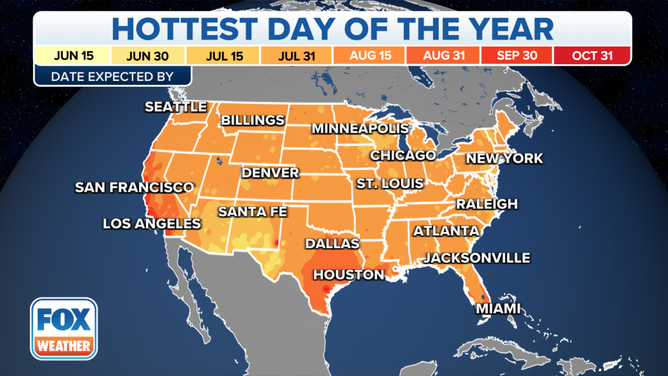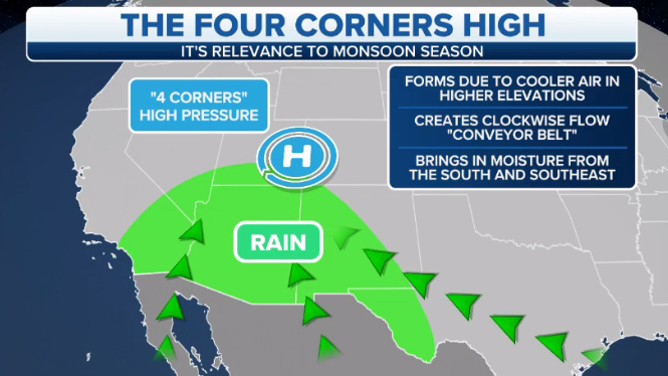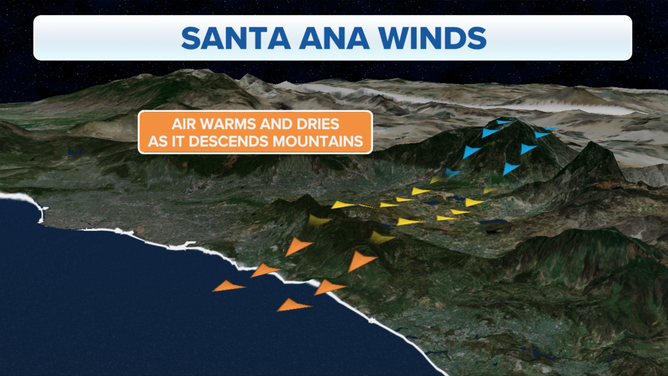When is the warmest time of the year?
For most of the U.S., there is a seasonal lag between the summer solstice and the average hottest day of the year.
How to beat the summer heat
With summer heat fast approaching, here's how to keep your cool in the hot weather.
Summer is here, and with the season comes the warmest days of the year. Depending on where you live, the hottest day of the year might occur earlier or later in the summer compared to other locations in the U.S.
Using average weather data over many years, we can determine when the warmest time of the year is expected for each region of the country.
The map below shows the date by which the hottest day of the year typically occurs, according to the most recent 30-year climatological averages (1991-2020) from NOAA's National Centers for Environmental Information.
Keep in mind, however, that the weather doesn't always follow what's considered average. A strong area of high pressure could provide the warmest temperatures days or even weeks earlier or later than what's shown on the map below.

This map shows when the hottest day of the year is expected to occur based on the 1991-2020 climatological averages from NOAA's National Centers for Environmental Information.
(FOX Weather)
For most, the hottest day is after the summer solstice
Nearly the entire nation is expected to see its hottest day after the summer solstice in a typical year.
Even though the sun is the highest in the sky and provides the most direct solar radiation on the first day of summer, it takes time for the Earth's surface and the air above it to warm up. That creates a seasonal lag between the summer solstice and the average hottest day of the year.
THE SCIENCE BEHIND THE SUMMER SOLSTICE
Desert Southwest is the main exception
Blame the North American monsoon.
Many areas in Arizona, New Mexico and far West Texas see their temperatures peak in June before the onset of monsoon season. The monsoon brings more frequent showers and thunderstorms to the region, particularly by July.
Relatively cooler temperatures usually accompany the Southwest monsoon because of the increased cloud cover, so much of the region tends to see its warmest day of the year by the middle or end of June.
According to FOX Weather Senior Weather Data Specialist Shane Brown, Fort Stockton, Texas, reaches its average hottest day earlier than any other city in the U.S. – on June 11, about 10 days before the summer solstice.
WHAT YOU NEED TO KNOW ABOUT SOUTHWEST MONSOON SEASON

Shown on the map is the typical weather pattern that dominates during much of the North American monsoon season.
(FOX Weather)
July is the overall warmest month for the U.S.
For the U.S. as a whole, July is the hottest month of the year.
According to Brown, if you blend the warmest day of the year for every location in the Lower 48, July 26 is the average hottest date for the nation.
HOW TO TELL THE DIFFERENCE BETWEEN HEAT EXHAUSTION AND HEATSTROKE
South waits until August
Daily showers and thunderstorms are essentially the norm across the South early in the summer.
Later in the summer, high pressure visits the southern states more frequently, which provides sunnier and drier days but vaults temperatures to the hottest values of the year.
Many locations from the eastern half of Texas to portions of the Southeast typically record their warmest day of the year in August.
WHAT DOES PERCENT CHANCE OF RAIN MEAN ON FOX WEATHER APP?
West Coast waits until fall?
It takes until September, the first month of meteorological fall, for some parts of the West Coast to see their hottest day of the year.
Onshore winds dominate coastal areas of the western U.S. for much of the summer because of a weather pattern driven by the combination of hot interior deserts and cool air over the Pacific Ocean. The winds off the water often result in stubborn low clouds and fog, keeping temperatures much cooler near the coast.
THE REASON CALIFORNIA BEACH SURF IS SO MUCH CHILLIER THAN ATLANTIC, GULF COAST WATERS
But as summer begins to ease in most of the country with the arrival of September, the hot weather is just beginning along the West Coast due to a shift in wind direction.

During a Santa Ana wind event, the air warms and dries as it descends over the mountains to the east.
(FOX Weather)
Instead of blowing onshore, the winds shift to an offshore direction and send warmer, drier air from the interior deserts toward the coast. These winds are called Santa Ana winds in Southern California or Diablo winds in Northern California.
According to Brown, San Simeon, California, doesn't see its hottest day until Oct. 7 in an average year, which is later than every other location in the country.
